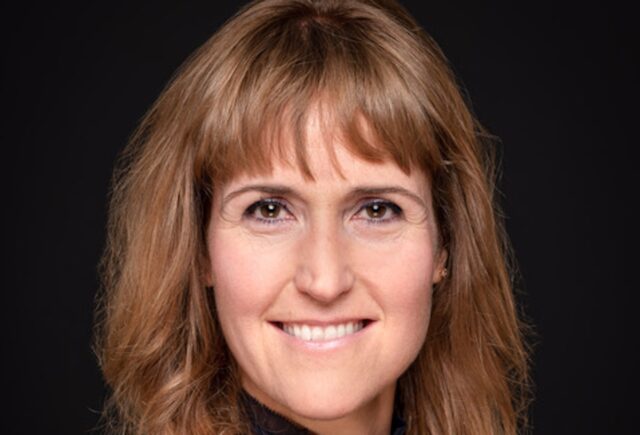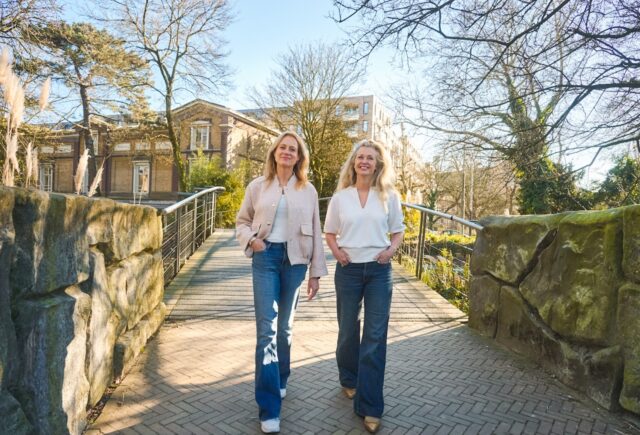The Climate Endowment looks to keep things simple and low-risk. “Big pension funds and institutional investors are conservative, you can’t persuade them to make a trade-off on returns,” says its founder Philippe Desfosses.

In short
- The Climate Endowment has a Forestry Fund (currently fundraising) and a €500mn Hydropower Fund that target an IRR of between 7% and 9%.
- The Hydropower Fund invests in small and medium-sized run-of-river projects in Europe. It’s a combination of refurbished sites in Scandinavia and greenfield projects in the Balkans and Southern Europe, where there are still exploitable new sites.
- The Forestry Fund only invests in planting trees given that there is no ‘additionality’ in merely preserving existing forest. The fund is staying in countries with legally stable regimes: Australia and New Zealand.
Sometimes impact investing is about trying something radically new and ambitious, as with Bertrand the 1000 Technologies of Bertrand Piccard’s Solar Impact Fund. At other times, it can be just about making more money with fewer emissions.
For Philippe Desfosses, founder of the Climate Endowment, it comes down to helping traditionally conservative pension funds get returns that are more akin to those that were readily available before the days of negative central bank interest rates, without having to take on the risk of unproven technologies.
The Climate Endowment, the brainchild of German investor-turned-environmentalist politician Jochen Wermuth, has two funds in the works that target annual internal rates of return of between 7% and 9%, relying on two simple, age-old phenomena – gravity and photosynthesis.
In other words – one fund for hydropower, focusing on small and medium-sized run-of-river projects in Europe, the other – a longer-term project – for forestry, making use of the carbon credits generated by tree growth to juice the returns created by plantation management.
“Big pension funds and institutional investors are conservative, you can’t persuade them to make a trade-off on returns,” Desfosses told Impact Investor in an interview.
But these are hard times for conservative investors. Virtually everything with a suitably low-risk profile is generating massively negative returns after adjusting for inflation. Even a punt on a 50-year Italian bond, which heroically assumes that Italy and Germany will still be using the same currency five decades from now, yields only 2.23%, at a time when Eurozone inflation is running at its highest since the German reunification boom in the early 1990s.
Ability to emulate stability of fixed-income
Desfosses argues that established technologies can easily outperform in such a scenario. The €500mn hydropower fund targets an internal rate of return of 8.9% from a combination of refurbished sites in Scandinavia and greenfield projects in the Balkans and Southern Europe, where there are still exploitable new sites.
The forestry fund, still in the early stages of fundraising, targets an IRR of 7.4%, also from developed economies with low country risk.
Each, in theory, has the capacity to generate returns that emulate the stability of fixed-income products. Climate change may add to the volatility of short-term returns, but a degree of predictability is given: rivers will continue to flow downhill and sunlight will continue to help trees grow wood and absorb carbon dioxide.
Each, also, offers a presentable case for rising returns over the project lifetime: in the case of hydropower, the energy transition is putting an increasing premium on power that is not just green but also more reliable than solar and wind.
“The more intermittent generation that you have in the grid, the more you need from sources such as run-of-river,” Desfosses explains. All other things being equal, that ought – in the long run – to result in higher premiums being paid either by grid operators or by the large corporate customers who are coming under increasing pressure from shareholders to source low-carbon power.
Fit with pension fund allocation?
The catch, of course, is the lock-in. The hydropower fund is a closed-ended venture that can be extended twice at the fund manager’s discretion, each time for a year.
Investors are locked in for a minimum of five years, with a one-year notice period thereafter, but even then cannot redeem more than 25% of their holding or 5% of the fund’s value.
Such restrictions are often an immediate turn-off although Desfosses thinks that distributed ledger technology and the ‘tokenization’ of investments could break down some of the administrative and regulatory hurdles to reaching smaller investors.
For institutions and particularly pension funds, however, they should fit easily enough into any self-respecting asset/liability management operation.
But the forestry fund, in particular, takes the Climate Endowment on to potentially tricky ground. Carbon sinks – projects that take carbon dioxide out of the air by afforestation or reforestation – have tended to work better on paper than in real life, often failing to live up to their green billing.
The Kyoto Protocol notoriously left a bunch of loopholes in the relevant text that allowed even the most rapacious logging to dress itself up as responsible, carbon-sequestering forestry management.
One of the achievements of the recent COP26 conference was to close many of the loopholes left by Kyoto. That provides a more convincing regulatory backdrop for Desfosses and his partners as they aim to reassure investors that they won’t be accused of greenwashing, or turning a blind eye to illegal logging, a couple of years down the road.
Carbon credits to top up return
All the same, Desfosses says, the fund is trying to make sure it plays it safe. For one thing, “we will only invest in planting trees,” he says, given that there is no ‘additionality’ in merely preserving existing forest.
Secondly, the fund is staying in countries with legally stable regimes – Australia (where it will plant eucalyptus, mahogany and sandalwood) and New Zealand (radiata pine) – where the potential for conflicts with local indigenous people is lower.
“We wish we could have gone to Africa but….,” he says, rather wistfully.
The returns will come overwhelmingly from the wood grown and harvested, but they will be topped up – at least in New Zealand – by carbon credits granted through its emissions trading scheme (ETS).
In Australia, where the voluntary nature of the system makes it easier to game, carbon credits haven’t been factored into the IRR target of 7.4%. If in due course, Australia should move to a mandatory regulated ETS, then that would open up similar possibilities to enhance returns in the future.
The potential returns from bona fide carbon trading are no longer negligible: studies suggest a hectare of pine or eucalyptus can sequester up to 10 tons of carbon a year. That’s 1,000 tons per square kilometre of forest.
EU carbon prices, after languishing for years, have rocketed to over €85 a ton currently. Even if such prices are the result of what are – hopefully – freakish and temporary conditions in European energy markets, a return to the day of €5/ton seems impossible.





